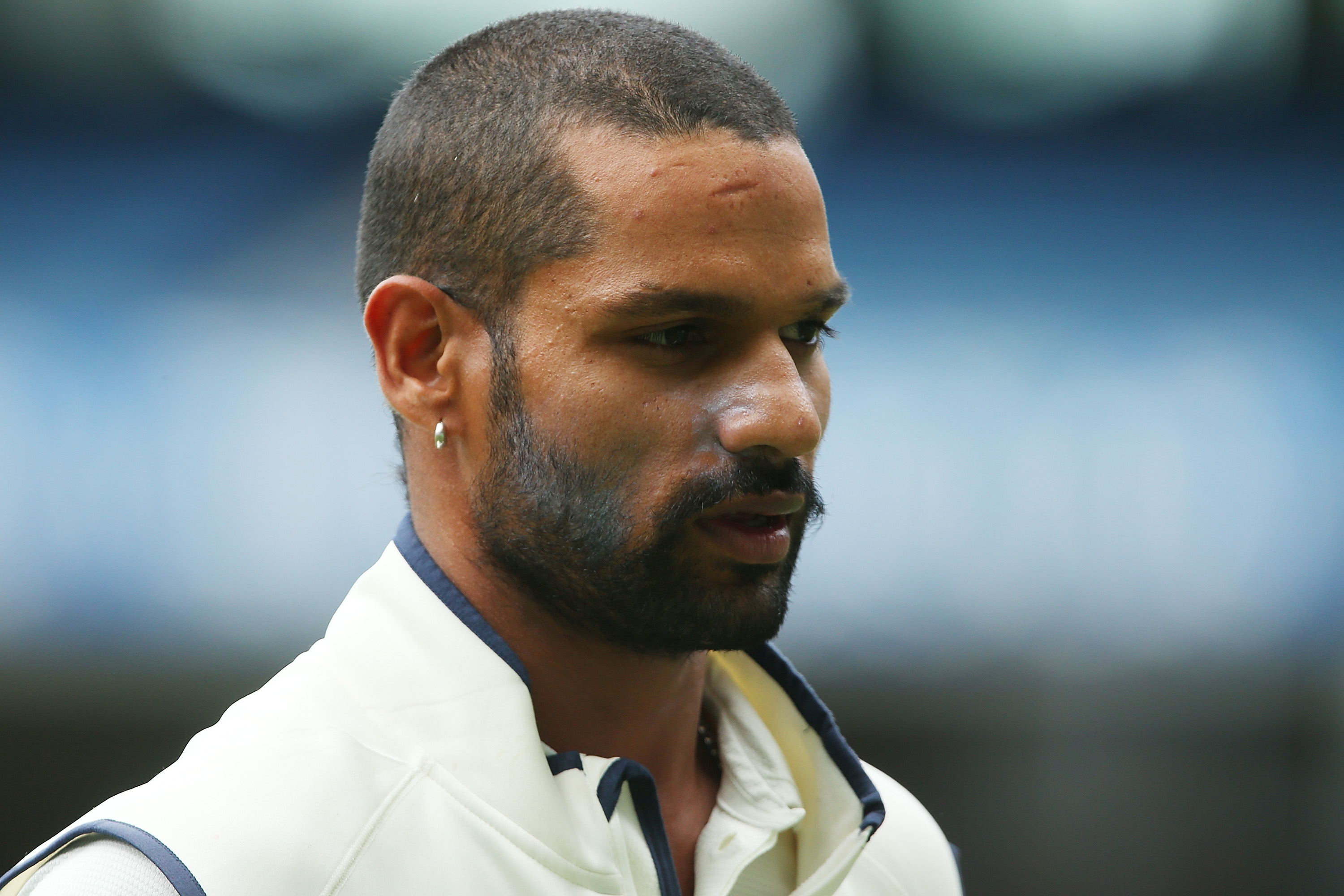Stat piece | India's opening troubles – is it exactly unique?

India will officially reclaim the No 1 spot in the ICC Test rankings at the end of the ongoing three-match home series against New Zealand next week. The series triumph that helped India take back the top ranking was accomplished despite poor starts at the top of the order.
Out-of-form Shikhar Dhawan has been at the receiving end of the onslaught from both fans and critics after KL Rahul’s injury brought back veteran Gautam Gambhir into the musical chair mix that is the Indian openers slot.
Is this, however, such a
To get the easiest out of the way, India's top-order turmoils are nothing new. Except for the Sunil Gavaskar era and the Srikanth-Navjot Singh Sidhu period, India
Partnerships have blossomed and withered faster than Indian springs, and the speed at which our top-order changed in the second half of the 1990s was only matched by the pace at which Governments changed at the centre during that period.
In fact, not even the Golden age of Indian Test cricket – the 2001-10 decade – was exempt. It saw a total of 17 opening pairs before we struck gold with the Virender Sehwag-Gambhir combine.

 © SportsCafe
© SportsCafeBoth of them, however, fell out of form and favor at the turn of this decade. At the end of an experiment that continued through three years, India finally decided upon one-half of the pair – Murali Vijay.
While Vijay has been an almost constant fixture in the squad since 2013, we have still seen 13 pairs come and go. While we did find a southpaw in Shikhar Dhawan to complement the right-handed Vijay, Dhawan has continued to be inconsistent, managing to hold his place in the side owing to lack of better options that him rather than by the strength of his own performances.
India's experiments with openers

 © SportsCafe
© SportsCafeIt is not that the Indian pair

 © SportsCafe
© SportsCafeHowever, the chief problem with Dhawan and Vijay has been their inability to go the extra mile. The two have gotten the starts but have not converted them into match-shaping performances. In fact, India

 © SportsCafe
© SportsCafeWhile one would hope that Indian opening pairs have had a very good rate of stitching together 50-run stands, even that has not been the case. India’s opening pairs have managed 50-run partnerships in every 6.4 matches, which is still lower than what the Australian and New Zealand opening pairs have made since 2011.

 © SportsCafe
© SportsCafeIn summary, our opening pairs have indeed underperformed – punching far below their weight and far less often. It was no surprise then that Virat Kohli jumped at the promise of Rahul who scored Test centuries in Australia, Sri
The skipper called it a problem of plenty when asked about Rahul, Vijay, and Dhawan fighting for the two slots – Dhawan though appears to be just making up the number right now. One only hopes Rahul's emergence puts an end to India's long-ongoing opener's woes.

Comments
Sign up or log in to your account to leave comments and reactions
0 Comments